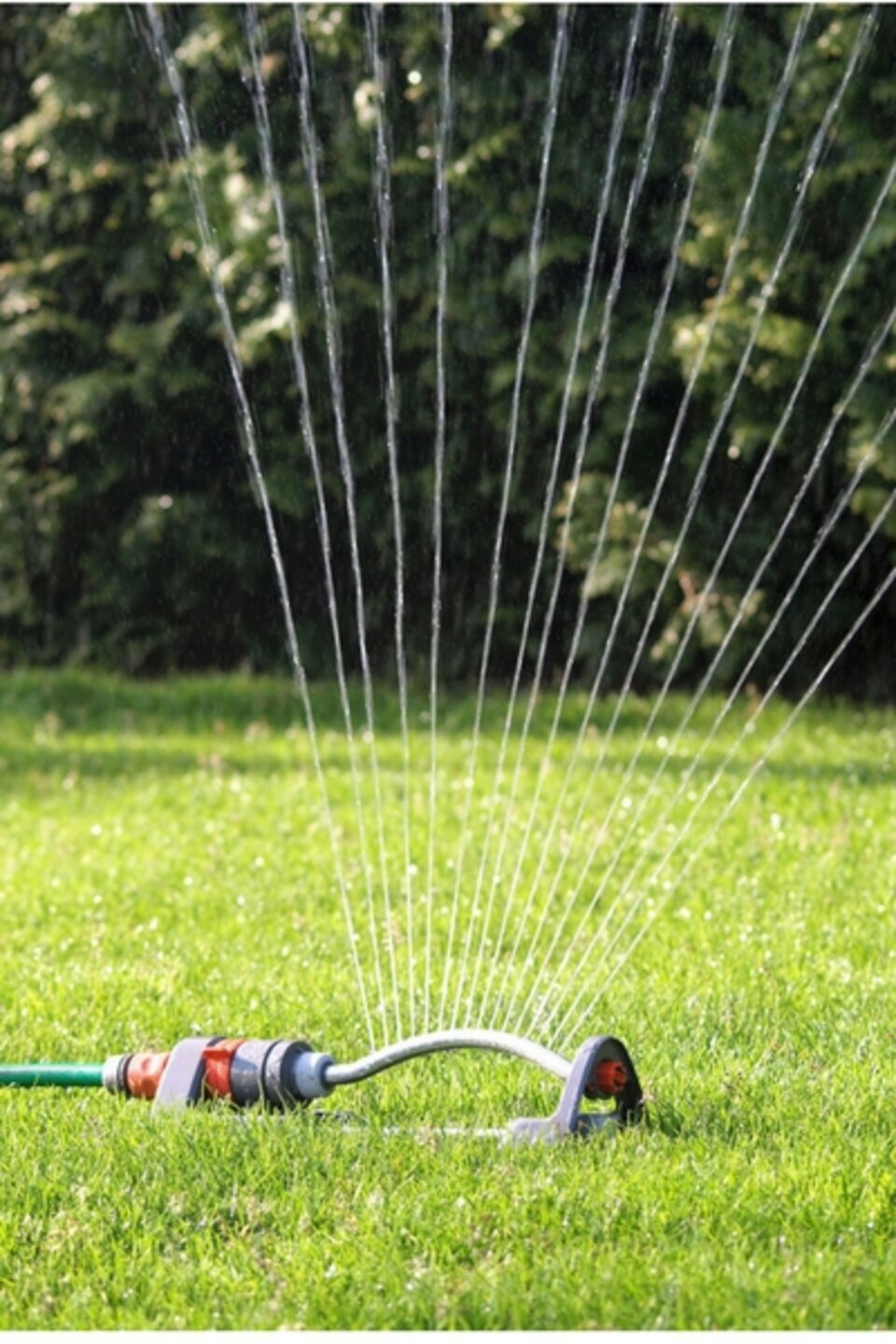Be Water Focused

As we begin a new year and will soon be thinking about lawns and landscapes, here is a reminder to focus on water. A limited resource we can’t live without. A New Year’s landscape resolution can be to conserve and protect water resources.
Now is a good time to analyze past growing seasons. When the weather was dry, were there plants that needed more frequent irrigation to prevent them from wilting? Could these be replaced with drought tolerant plants?
Did landscape plants or the lawn appear yellow or spindly despite regular watering? Maybe they were watered too often. Conserve water by checking the soil before watering to make sure the soil is dry and irrigation is actually needed.
For homeowners with automatic irrigation systems, is the ‘set it and forget it’ method used? Does the system run even when the soil is moist, or worse yet, during rainfall? Ideally, turn irrigation systems off and only turn them on when irrigation is needed.
When watering, does the water soak into soil or run off of the area needing water? Audit the system and check into ways to reduce runoff and increase infiltration into soil. If the soil is compacted, consider core aeration or tillage, if feasible, to improve infiltration.
Does irrigation take place during early morning hours? A large percentage of irrigation water is lost to evaporation. This percentage increases if irrigation takes place during the hottest, windiest part of the day. The most efficient time to water is from 4:00 to 10:00 AM.
Are landscape plants planted in groups and irrigated apart from lawn irrigation? For example, perennials and shrubs should not be irrigated along with or as often as bluegrass turf. If they are, the ornamentals are likely overwatered. This wastes water and is not healthy for the ornamentals.
When planning landscapes, and installing irrigation systems, group plants by water needs. Ideally, use drought tolerant plants whenever possible. Once established, these plants typically survive fine on average rainfall; only requiring irrigation when there is below average rainfall.
If drought tolerant plants are used, group them together and avoid planting one or two higher water using plants in the group. Be sure lawn irrigation systems are not hitting these beds. Or consider watering the lawn less frequently.
Are landscape beds mulched with an organic mulch like shredded wood? If bare soil is showing, soil moisture is being lost to evaporation. Maintain a two to three inch layer of organic mulch over bare soil.
If gravel, white rock or crumb rubber is used as mulch, consider replacing it with organic mulch. The temperature around plants in beds with inorganic mulch is much higher than those with organic mulch. The higher temperatures cause plants to use more water and to lose more through transpiration.
As plans are being made for the upcoming season, consider amending some of the above water wasters. When considering new plants, look for plants listed as drought tolerant. If installing a new landscape bed, find a source of organic matter to add to the soil. Be sure the new bed will not be watered whenever the turf is irrigated.
And consider installing a cistern or rain garden to help make the most of rainfall when it is received.
This article was reviewed by Nicole Stoner